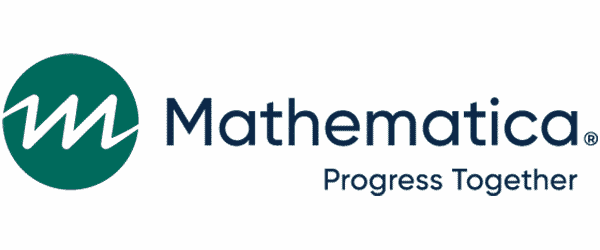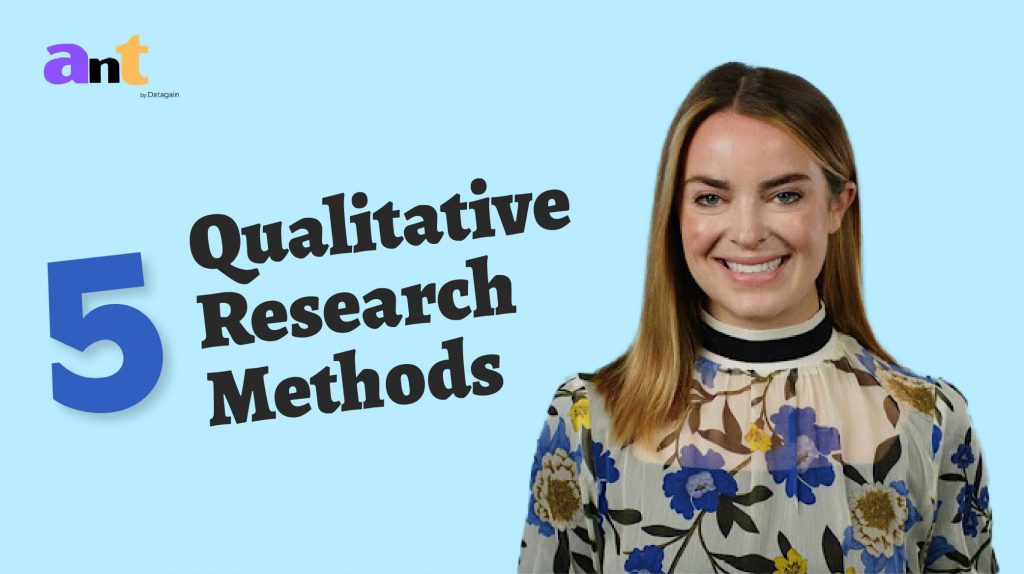5 Qualitative Research Methods
A lot of the frameworks and methods I teach are qualitative processes: design thinking, journey mapping, service blueprinting. They cannot be driven by quantitative data which gives you the “how many” and “how much” answers, but rather, qualitative data, which gives you the “whats” and “whys”. I’m gonna run through five qualitative methods. The first being, user interviews. It’s the most common and most widely-known qualitative method. User interviews are at their core just a one-on-one conversation. They allow us to hear first-hand stories about someone’s experiences, their opinions, their interests. There’s a lot of different ways you can approach user interviews. First, they can range from structured to semi-structured to unstructured. They can be conducted in person or over the phone.
The next two qualitative methods I’m going to discuss are forms of field studies, meaning research that takes place in the user’s context, rather than back at the office or lab. We know what people say they do is not always what they actually do, so we have to rely on something other than just user interviews. Direct observation is a form of a field study where you directly observe user behavior. Observing customers in their own element doing what they always do is important to validate and support findings from our interviews. Direct observation is useful for conducting design research and user process. It’s great for learning user vocabulary, understanding businesses’ interactions with customers, and discovering common workarounds. For example, listening in on support calls, watching people move through an amusement park, or even observing sales staff and customers in stores.
A third qualitative method is a different form of a field study, contextual inquiry. Think of a contextual inquiry as a mix of that direct observation and a user interview. It’s a semi-structured interview method used to gather information about the context of use. We first ask users a set of standard questions and then we observe them and ask them questions. This is all conducted in the context and work environments of theirs, not ours.
A fourth qualitative method is a diary study. They are a research method used to collect qualitative data about user behavior and activities and experiences over time as that user tries to accomplish a specific task or goal. In a diary study, data is self-reported by participants longitudinally. This means that over a longer amount of time, participants are keeping a diary of those daily logs, of activities or specific experiences. Diary studies are really helpful in two primary scenarios. First, you wanna collect that habitual usage data. What time of day are people engaging with their product? How are they sharing that content? What primary tasks are they completing? Second, any kind of change in attitude, behavior or motivation over time. Like brand perception. How loyal are customers after they make their first purchase? How do they perceive a company after they engage with that brand multiple times?
A fifth qualitative method is focus groups. Focus groups are a somewhat informal technique that can help assess user needs and feelings on both interface design or brand perception. In a focus group, you bring about six to nine users to discuss issues and concerns. The group typically lasts about two hours and is run by a moderator who maintains the group focus. Regardless of the methods you choose, there’s really just two things to remember. First, with qualitative data, you don’t need a lot of people, but you need the right people. You can conduct qualitative research with five participants and you’re likely to uncover rich insights. However, the tricky part is they have to be the right five participants. This means you have to align those people to the specific user segment or persona you’re doing research on. Two, aim to use a multi-pronged approach. Don’t just rely on a singular qualitative method, but rather pull in others, use two to three different methods to really ensure you’re getting that rich validated data.
Copyright Disclaimer
Under Title 17 U.S.C. Section 107, allowance is made for “fair use” for purposes such as criticism, comment, news reporting, teaching, scholarship, and research. Fair use is permitted by copyright statute that might otherwise be infringing.







